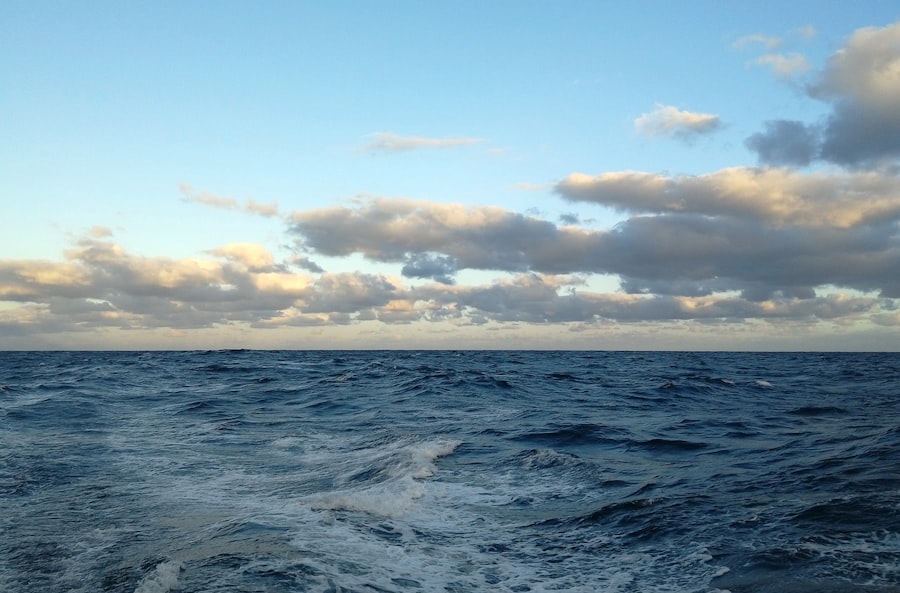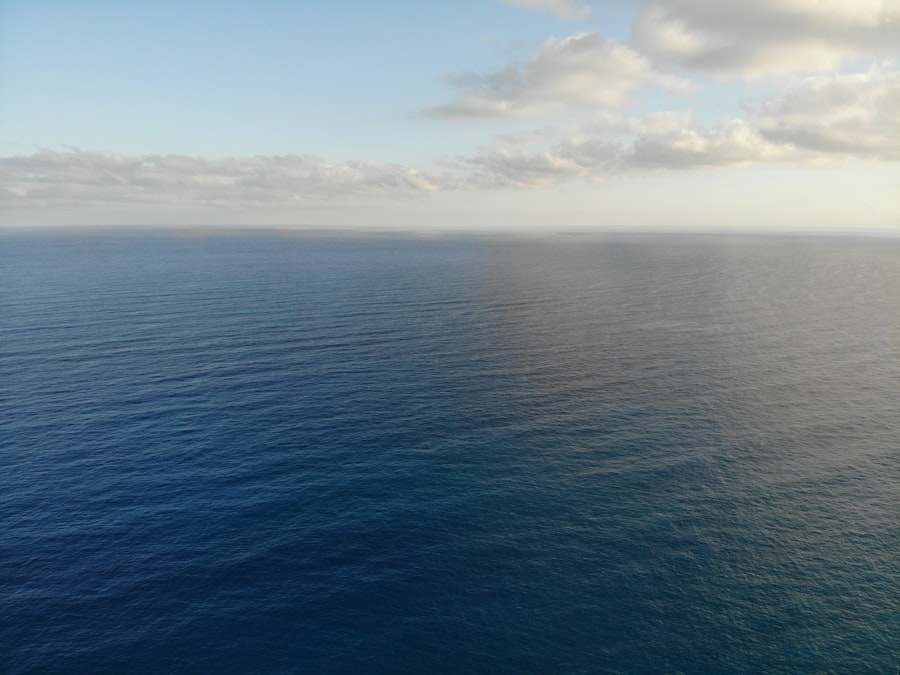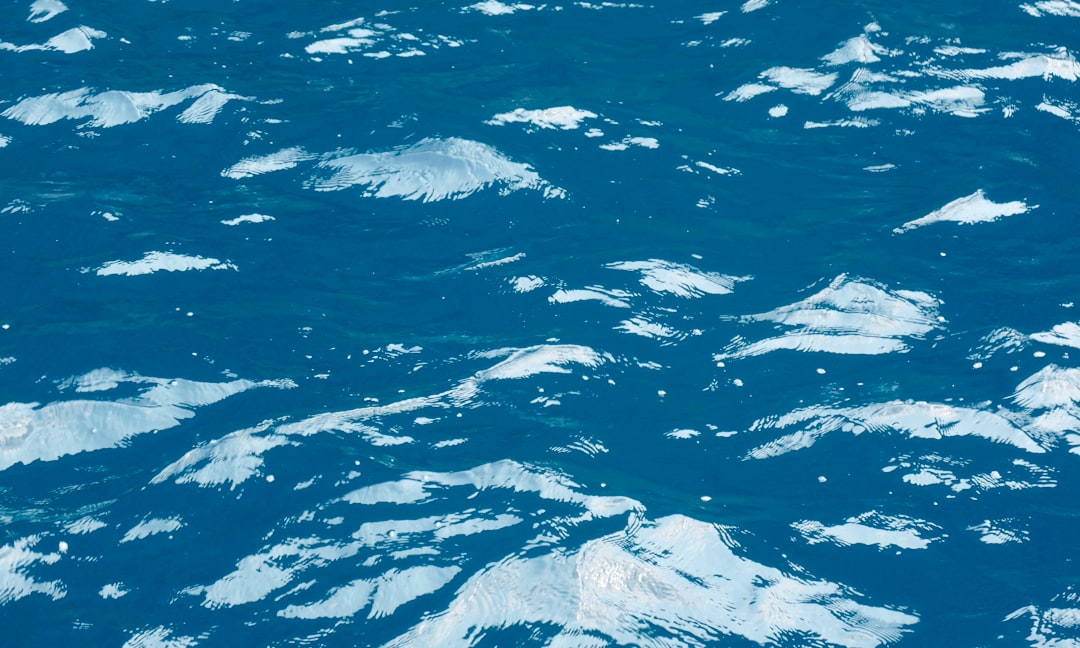The Drake Passage, a body of water situated between the southern tip of South America and Antarctica, is renowned for its tumultuous seas and rich biodiversity. Named after the English explorer Sir Francis Drake, who navigated these waters in the late 16th century, the passage serves as a critical maritime route connecting the Atlantic and Pacific Oceans. Its unique geographical position not only makes it a vital thoroughfare for shipping and research vessels but also a focal point for scientific exploration and ecological study.
The Drake Passage is often characterized by its unpredictable weather patterns and challenging navigational conditions, which have earned it a reputation as one of the most treacherous waterways in the world. The significance of the Drake Passage extends beyond its navigational challenges; it is also a region of immense ecological importance. The waters are teeming with marine life, including various species of whales, seals, and seabirds, making it a hotspot for biodiversity.
As climate change continues to impact global ecosystems, understanding the dynamics of the Drake Passage becomes increasingly crucial. This article will delve into the geographic significance, climate, flora and fauna, navigational challenges, historical context, scientific research, ecotourism opportunities, safety measures, and future prospects of the Drake Passage.
Key Takeaways
- The Drake Passage is a body of water between South America’s Cape Horn and the South Shetland Islands of Antarctica, known for its turbulent seas and strong winds.
- The Drake Passage is a crucial link between the Atlantic and Pacific Oceans, allowing for the circulation of water and marine life, and influencing global climate patterns.
- The climate of the Drake Passage is characterized by strong winds, rough seas, and rapidly changing weather conditions, making it a challenging environment for navigation and research.
- The Drake Passage is home to a diverse range of marine life, including whales, seals, and seabirds, as well as unique flora such as mosses and lichens.
- Navigating the Drake Passage presents significant challenges due to its unpredictable weather, strong currents, and icebergs, requiring careful planning and experienced crew.
The Geographic Significance of the Drake Passage
Geographically, the Drake Passage is a narrow stretch of ocean that spans approximately 800 kilometers (500 miles) at its widest point. It serves as a natural barrier between South America and Antarctica, playing a pivotal role in oceanic currents and climate regulation. The passage is characterized by its deep waters, which reach depths of over 4,000 meters (13,000 feet), making it one of the deepest oceanic regions in the world.
This depth contributes to the unique marine ecosystems found within its confines, as well as the complex interactions between different oceanic currents. The Drake Passage is also significant for its role in global shipping routes. It is a critical passage for vessels traveling to and from Antarctica, facilitating research expeditions and tourism alike.
The passage connects major ports in South America with those in the Southern Ocean, making it an essential route for trade and transportation. However, its geographic location also means that it is subject to extreme weather conditions and strong currents, which can pose significant challenges for navigation. Understanding these geographic features is essential for those who venture into these waters, whether for research or recreation.
The Climate and Weather of the Drake Passage

The climate of the Drake Passage is notoriously volatile, characterized by rapid changes in weather conditions that can occur within a matter of hours. The region experiences strong winds, heavy precipitation, and frequent storms, making it one of the most challenging maritime environments on Earth. The convergence of cold Antarctic waters with warmer currents from the north creates a dynamic atmosphere that can lead to sudden squalls and rough seas.
Mariners navigating these waters must be prepared for unpredictable weather patterns that can significantly impact their journeys. Temperature variations in the Drake Passage are also notable. During the summer months, temperatures can range from just above freezing to mild conditions, while winter brings frigid temperatures that can plunge well below zero.
These climatic extremes not only affect navigation but also influence the types of flora and fauna that thrive in the region. Understanding the climate and weather patterns of the Drake Passage is essential for researchers studying its ecosystems and for sailors planning expeditions through these treacherous waters.
Flora and Fauna of the Drake Passage
| Species | Number | Location |
|---|---|---|
| Albatross | 12 | Throughout the passage |
| Penguins | 8 | Islands and icebergs |
| Whales | 5 | Open waters |
| Seals | 3 | Ice floes and shores |
The biodiversity found within the Drake Passage is remarkable, with a variety of species adapted to its unique marine environment. The nutrient-rich waters support an abundance of phytoplankton, which forms the base of the food web and sustains larger marine life. This rich ecosystem attracts numerous species of fish, including Antarctic krill, which serve as a vital food source for many larger animals in the region.
The presence of krill has significant implications for the entire food chain, supporting populations of seals, penguins, and various species of whales.
Species such as albatrosses, petrels, and skuas are commonly observed soaring above the waves or nesting on nearby islands.
These birds play an essential role in maintaining ecological balance within the region. The interplay between flora and fauna in the Drake Passage highlights the importance of this area as a critical habitat for many species that rely on its unique environmental conditions for survival.
Navigational Challenges in the Drake Passage
Navigating the Drake Passage presents numerous challenges due to its unpredictable weather patterns and strong ocean currents. The convergence of different water masses creates turbulent seas that can be difficult to traverse. Mariners often encounter steep waves and sudden squalls that can arise without warning, making it essential for vessels to be equipped with advanced navigational technology and experienced crews.
The passage’s reputation for rough seas has led many sailors to regard it with a mix of respect and trepidation. In addition to weather-related challenges, navigational hazards such as icebergs and submerged rocks pose significant risks to vessels traversing these waters. The presence of icebergs is particularly concerning during certain times of the year when they drift northward from Antarctica.
Mariners must remain vigilant and employ careful navigation techniques to avoid potential collisions with these massive ice formations. Understanding these navigational challenges is crucial for ensuring safe passage through one of the world’s most formidable maritime environments.
Historical Significance of the Drake Passage

The historical significance of the Drake Passage cannot be overstated. It has long been a critical route for explorers and adventurers seeking to chart new territories and expand their knowledge of the world. Sir Francis Drake’s expedition in 1578 marked one of the first recorded passages through these waters, paving the way for future exploration and trade routes.
Over the centuries, many notable explorers have traversed the Drake Passage, contributing to our understanding of geography and oceanography. In addition to exploration, the passage has played a vital role in maritime trade and military operations throughout history. Its strategic location has made it a key route for naval fleets during times of conflict, as well as a pathway for commercial shipping.
The historical narratives associated with the Drake Passage reflect humanity’s enduring quest for discovery and understanding of our planet’s oceans. Today, this legacy continues as researchers and adventurers alike navigate its waters in pursuit of knowledge and exploration.
Research and Scientific Discoveries in the Drake Passage
The Drake Passage has become a focal point for scientific research due to its unique ecological characteristics and dynamic environment. Researchers from around the world conduct studies in this region to better understand ocean currents, climate change impacts, and marine biodiversity. The passage serves as a natural laboratory where scientists can observe how different species interact with their environment and how changing conditions affect their populations.
One significant area of research involves studying the effects of climate change on marine ecosystems within the Drake Passage. As global temperatures rise and ice melts in Antarctica, scientists are keenly interested in how these changes will impact local flora and fauna. Ongoing research efforts aim to monitor shifts in species distribution, population dynamics, and overall ecosystem health.
The findings from these studies not only contribute to our understanding of the Drake Passage but also have broader implications for global marine conservation efforts.
Ecotourism in the Drake Passage
In recent years, ecotourism has emerged as a popular activity in the Drake Passage, attracting adventurers eager to experience its breathtaking landscapes and diverse wildlife. Tour operators offer guided expeditions that allow travelers to explore this remote region while promoting environmental awareness and conservation efforts. These tours often include opportunities for wildlife observation, such as whale watching or birding excursions, providing visitors with a chance to connect with nature in an unparalleled setting.
Ecotourism in the Drake Passage also emphasizes responsible travel practices that minimize environmental impact. Tour operators are increasingly adopting sustainable practices to ensure that their activities do not disrupt local ecosystems or wildlife habitats. By fostering an appreciation for this unique environment among travelers, ecotourism initiatives contribute to ongoing conservation efforts aimed at preserving the delicate balance of life within the Drake Passage.
Safety Measures for Navigating the Drake Passage
Given its reputation for treacherous conditions, safety measures are paramount when navigating the Drake Passage. Mariners must adhere to strict protocols that prioritize safety at sea. This includes thorough vessel inspections before embarking on journeys through these waters, ensuring that all equipment is functioning properly and that crews are well-trained in emergency procedures.
Additionally, modern technology plays a crucial role in enhancing safety during navigation. Advanced radar systems, satellite communications, and weather forecasting tools enable mariners to make informed decisions about their routes and timing based on current conditions. Regular training exercises focused on emergency response further equip crews to handle unexpected situations that may arise while traversing this challenging passage.
The Future of the Drake Passage
As global climate change continues to reshape our planet’s ecosystems, the future of the Drake Passage remains uncertain. Rising sea temperatures and melting ice caps are likely to have profound effects on marine life and oceanic currents within this region. Scientists are closely monitoring these changes to better understand their implications for biodiversity and ecosystem health.
Moreover, increased human activity in polar regions raises concerns about potential environmental impacts associated with shipping traffic and tourism. Striking a balance between economic interests and environmental preservation will be crucial as stakeholders navigate these challenges moving forward. Collaborative efforts among governments, researchers, and conservation organizations will be essential in ensuring that future generations can continue to appreciate and protect this vital maritime corridor.
The Importance of Preserving the Drake Passage
In conclusion, the Drake Passage stands as a testament to nature’s power and beauty while serving as a critical hub for scientific research and exploration. Its unique geographic features, rich biodiversity, and historical significance underscore its importance on both local and global scales. As humanity grapples with pressing environmental challenges, preserving this remarkable region becomes increasingly vital.
Efforts to protect the ecosystems within the Drake Passage must be prioritized through sustainable practices in navigation, tourism, and research activities. By fostering awareness about its ecological significance and promoting responsible stewardship among visitors and researchers alike, society can ensure that this extraordinary maritime passage remains intact for future generations to explore and cherish.
The Drake Passage is a significant body of water that connects the Atlantic, Pacific, and Southern Oceans, playing a crucial role in global ocean circulation and climate regulation. For those interested in exploring more about the geographical and environmental significance of this region, a related article can be found on MyGeoQuest. This article delves into the unique characteristics and challenges of navigating the Drake Passage, offering insights into its impact on marine biodiversity and weather patterns.
